Our role as a retail interior designer is focused on achieving harmony and good communication. The layout of a store should enable smooth movement for customers. It should also provide moments of visual calm as well as stimulation. This will allow people to focus on specific items rather than a sea of products.
The exterior of the store is equally important. It’s crucial for customers to understand what is on offer from outside before deciding to enter. Good design seamlessly integrates both interior and exterior aspects which will gain a customers engagement and trust.
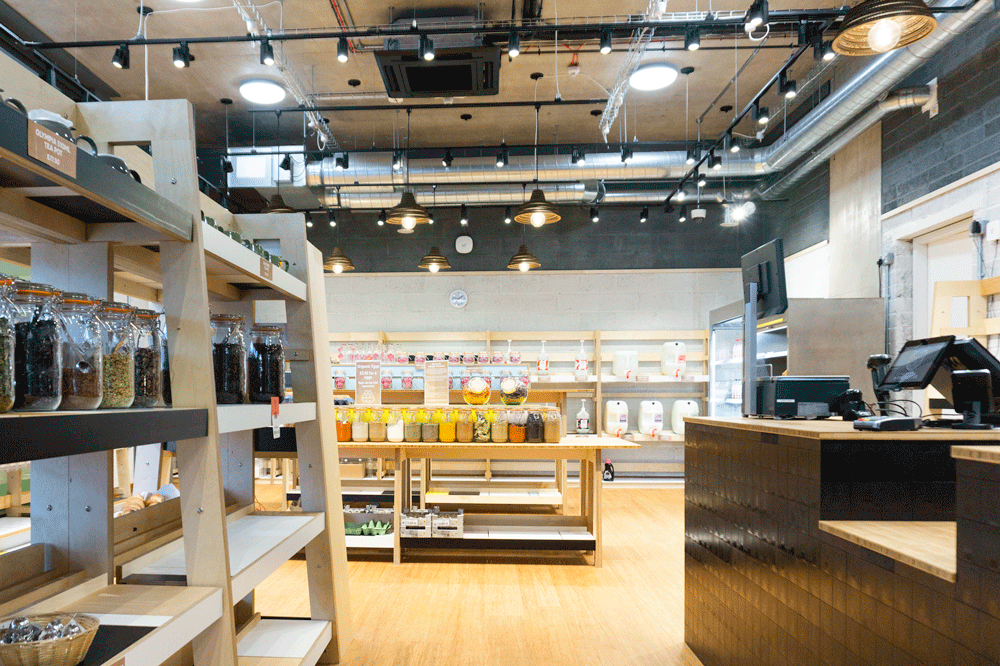

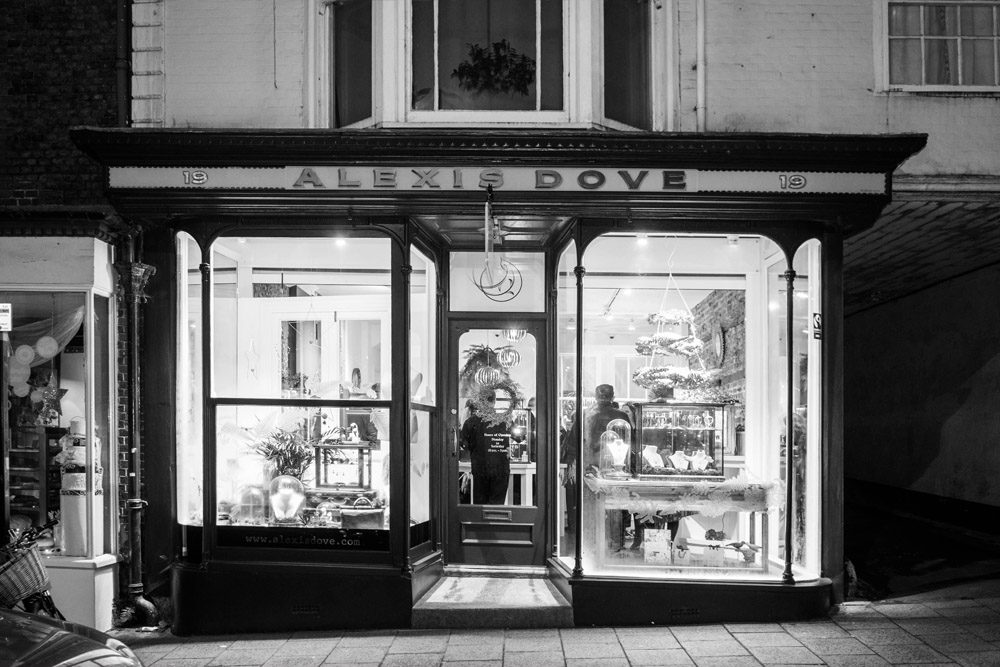
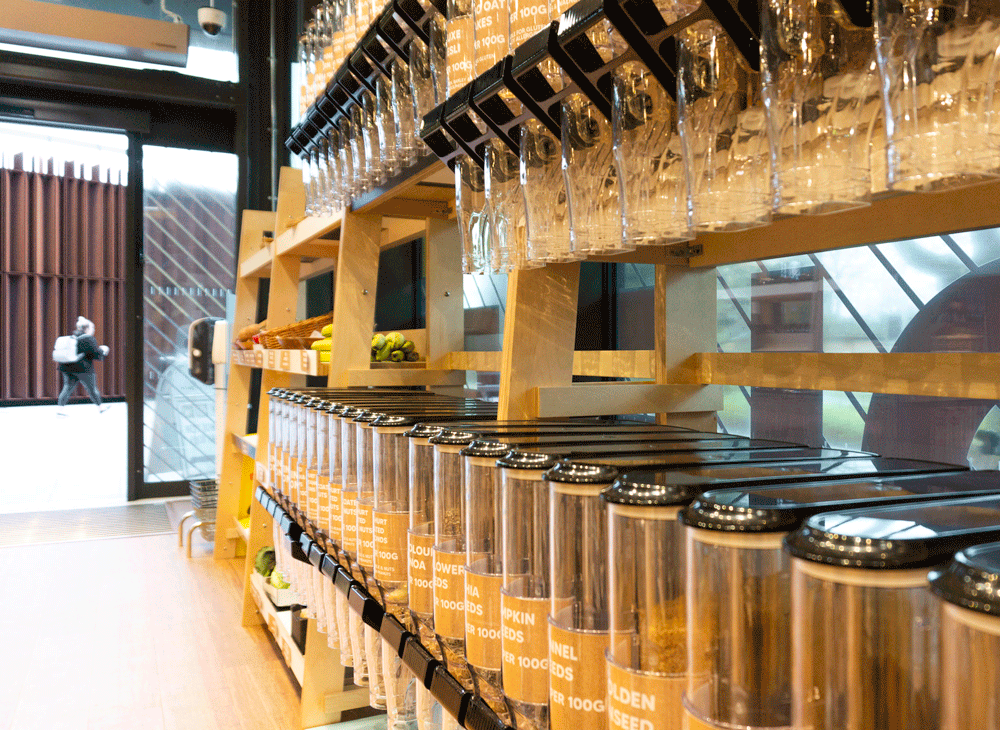
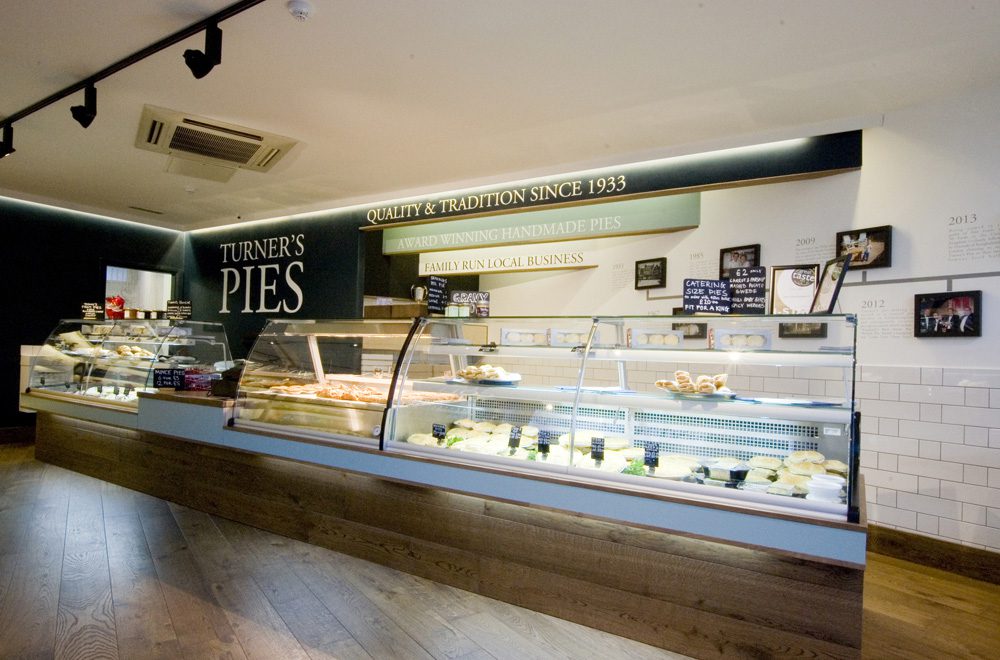
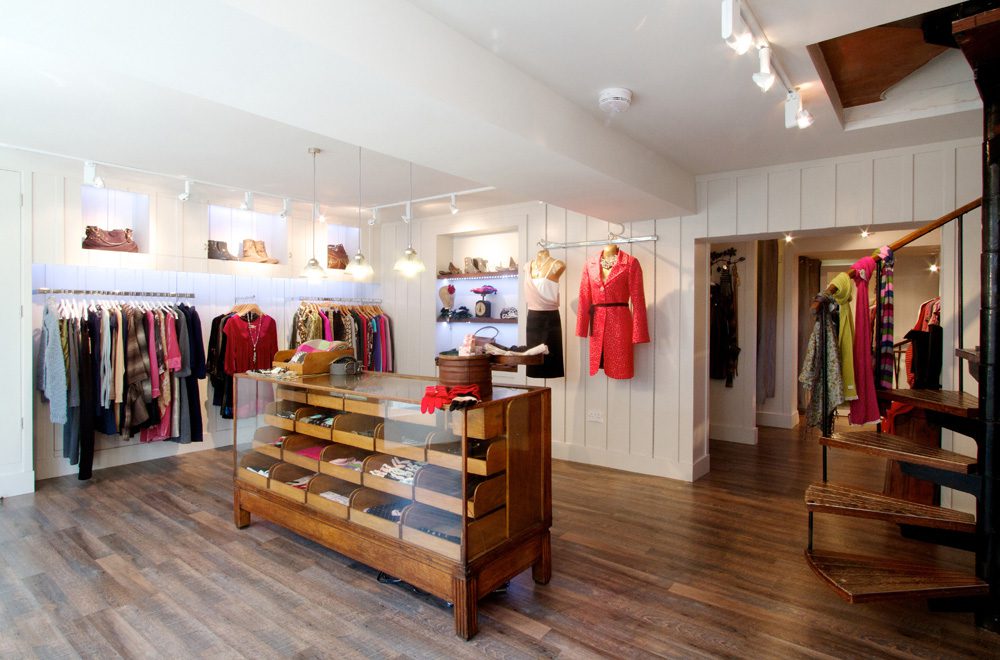

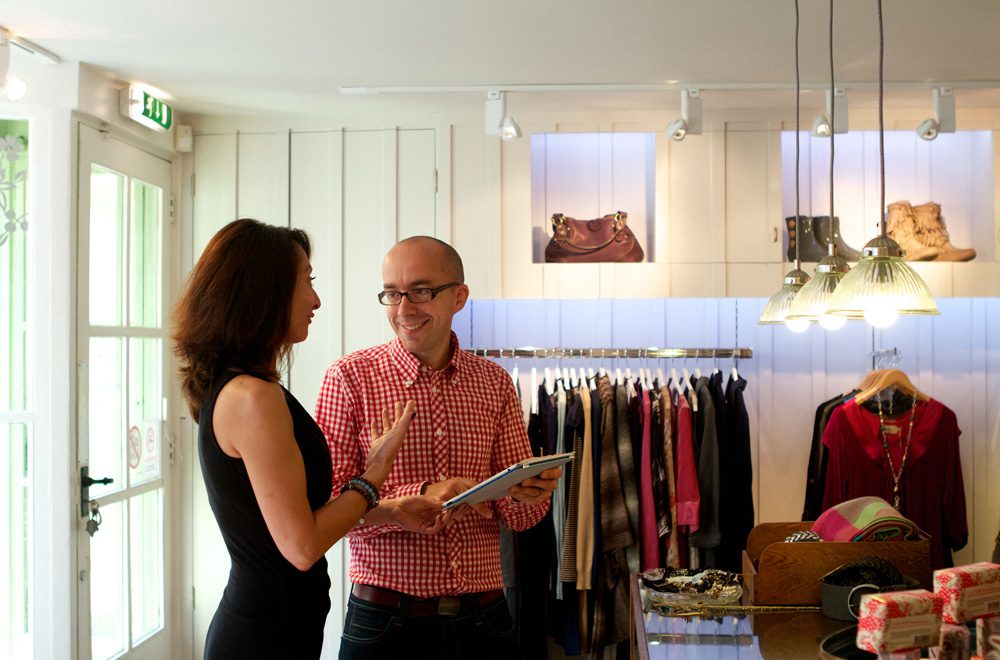
Circular design as a retail designer
It is important that the design of your shop can adapt along with your customer demands. As a retail interior designer we design spaces that evolve with the needs of the operator. With this in mind we apply the principles of the circular economy to our designs where possible. We have our own approach to the circular economy. The main benefits as we see them are as follows.
- A reduced site build period due to the fittings being built off site and positioned rather than fitted.
- Adaptable retail interiors that can be updated as your needs change.
- By designing out waste the cost of materials will be reduced.
- At the end of the shops life the materials will be more easily reused or recycled if necessary.
For more information about how the circular economy can be applied to design here are some useful links
https://www.circulardesignguide.com/
https://www.ellenmacarthurfoundation.org/explore/circular-design
The circular economy has three main factors when applied to design.
1 -Designing out waste and pollution
This can be achieved by using materials that are sustainable to grow and manufacture. They will have a suitable life span for the function of the space. We also design fittings that make the most of sheet sizes.
2 – Keeping products and materials in use
Some of the products installed during a retail fit out are elements like flooring and furniture fittings. These can be designed so that it is possible to re use or recycle them. This is about having fitted furniture that can be repurposed once it has come to the end of this particular use. I have to admit at Engaging Interiors we have been guilty of such practices in the past and are keen to change our ways for the future.
3 – Regenerating natural systems
This is not as obvious when applied to Retail Interior Design. It is still worth a mention as the choice of materials used within an interior will have an impact on the natural ecosystem the material was grown or mined from. It is important to think about your interior not as a separate entity to the surrounding environment but an embedded part of your local / global ecosystem.
If you would like help with your retail interior feel free to pick up the phone or fill in our contact form.